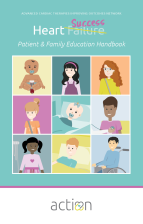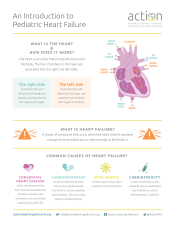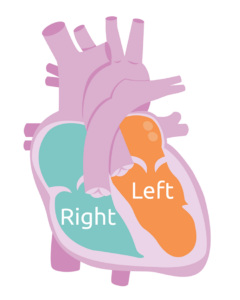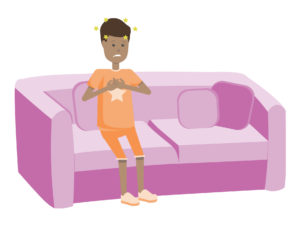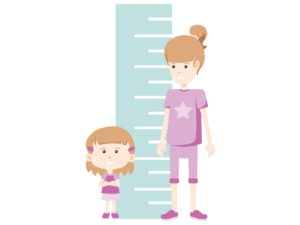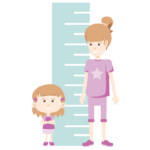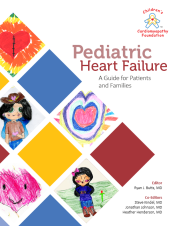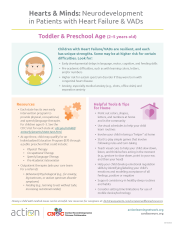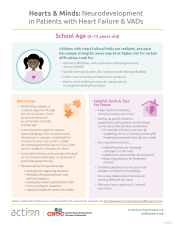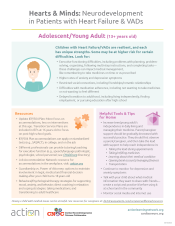Heart failure can be classified based on whether the ventricle has abnormal contraction or abnormal relaxation.
Systolic Heart Failure
If the ventricle can’t contract well enough to pump blood to all parts of the body (including your brain, muscles, and other important organs), we call it systolic heart failure. Systolic heart failure can cause you to feel unwell and weak. It can also cause your other organs to not work properly.
Diastolic Heart Failure
If the ventricle can’t relax well enough to fill properly, we call it diastolic heart failure. This can happen if your heart muscle becomes stiff or thick. Diastolic heart failure can lead to blood backing up into the lungs and cause shortness of breath. When diastolic failure is severe, your heart cannot fill up with enough blood to adequately supply your body and your important organs. Sometimes you can have both systolic and diastolic heart failure.
Heart failure can also involve the left ventricle (left-sided heart failure), right ventricle (right-sided heart failure), or both (biventricular).
Left-sided Heart Failure
The left ventricle is the heart’s primary pumping chamber. With left-sided systolic failure, the left ventricle struggles to pump enough blood throughout the body. This can lead to blood building up in your lungs. As the blood backs up into your lungs, it can make it hard for you to breathe and cause you to cough, especially if you’re doing activities like exercising or playing.
Right-sided Heart Failure
Right-sided heart failure often happens as a result of left-sided heart failure. With right-sided heart failure, the right ventricle loses some of its pumping power. In other words, it becomes too weak to pump enough blood to your lungs. When the right ventricle struggles to pump, blood builds up in your liver and veins. This can cause swelling in your legs, abdomen (belly), and feet.
Biventricular Heart Failure
Biventricular heart failure is when both sides of your heart are affected. Your symptoms can be a combination of left- and right-sided failure.
